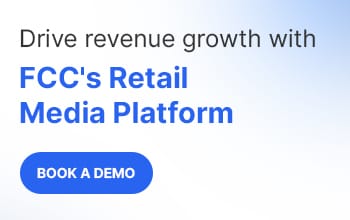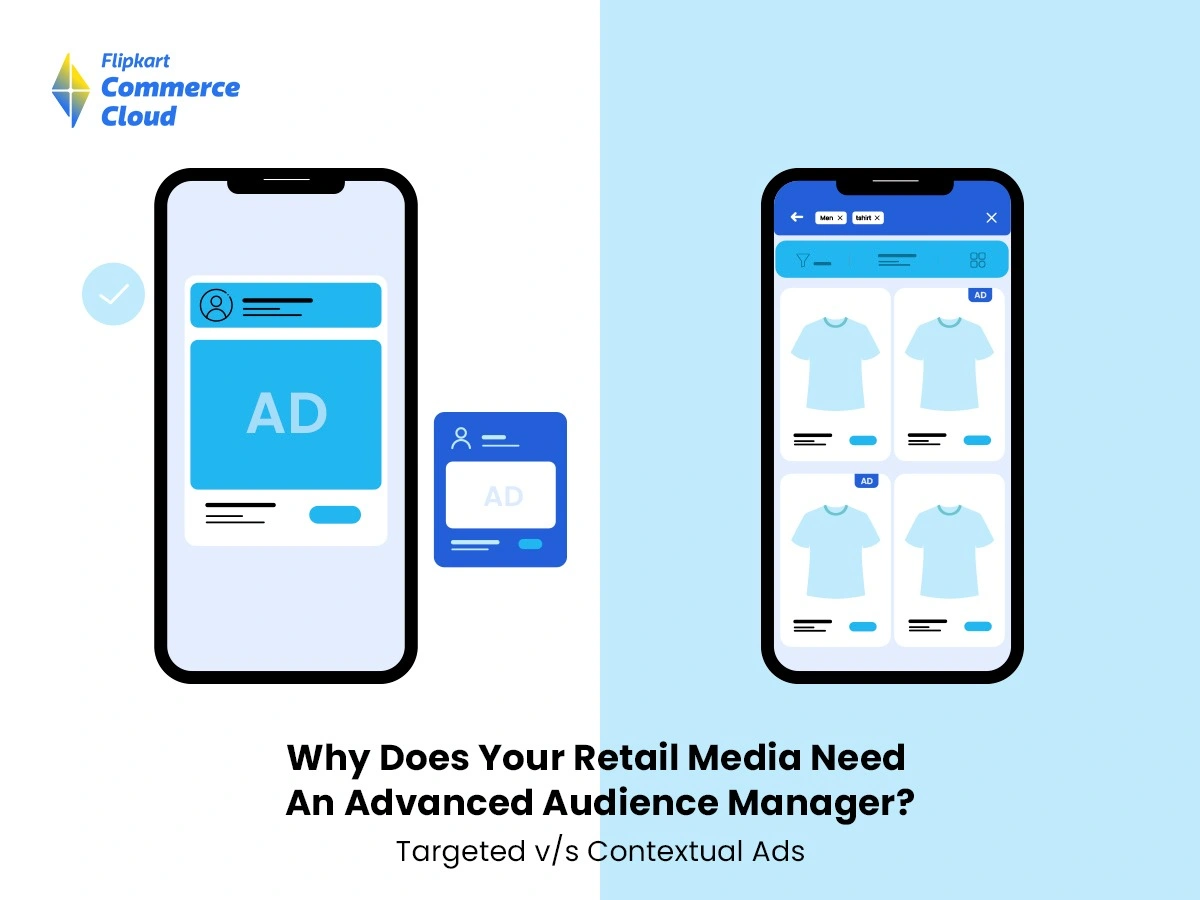
Why Do Your Retail Media Campaigns Need An Advanced Audience Manager?
By Flipkart Commerce Cloud
Share On:
Retail Media With Advanced Audience Manager
Retail media advertising is a type of marketing where advertisers pay an e-commerce marketplace to showcase their products at or close to the point of sale. For example, they may feature near the search results, home pages and product detail pages. According to studies, nearly half of all product searches (44 per cent) begin on the marketplace. These account for more than twice the number of searches conducted via search engines. Against this backdrop, brands have increasingly gravitated towards retail marketplaces, where customers search for products. A significant advantage for sellers is their ability to influence the customer at the point of purchase. However, this influence should not be a ploy to make customers buy what they do not want. Rather give a customer exactly what they want; enhance user experience and connect products to users. This ability to connect partner brands with consumers is earmarked as a marketplace’s top feature and an advanced audience manager can help marketplaces do the same.Retail Media Ads – Preferred by The New Age Retail Marketers & CMOs!
To get to the heart of why retail media is so attractive, let’s understand how contextual targeting drives retail media growth.
Contextual advertising is a type of advertising which typically involves placing ads on web pages based on the content of those specific pages. Today, retail media is one of the most significant forms of contextual advertising!
Here’s how it works. Typically, search engines collect third-party data and advertise for another person. However, when it comes to the retail market, first-party data collected by the platform from consumers is used to understand the audiences.
So while search engine ads leverage third-party and cookie data, online retail platforms connect users with the right product at the right time through advertisement. This makes it profitable for retailers and brands.
The common retail media ad formats are display ads and search ads.
- Display ads are banner ads and inventories which can be made available on the home page of an e-commerce marketplace. This ad format can be easily integrated and monetised. Display ads are most suited for brand launches, brand awareness and promotions.
- Search Ads comprise Product Listing Ads and Product Catalog ads, shown to consumers when they run a specific search on the website. This helps sellers looking boost sales, revenues and GMVs.
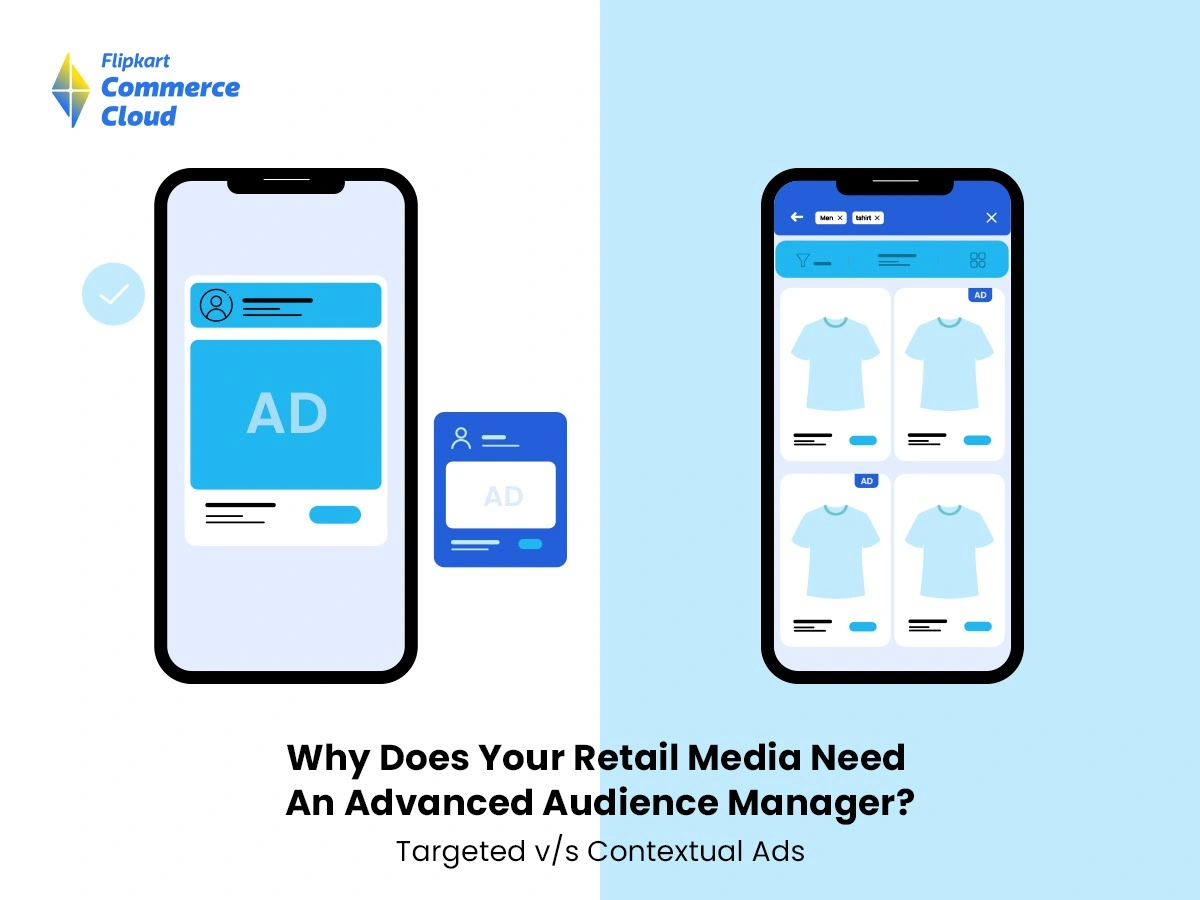
Top Reasons for Choosing Retail Media Over Traditional Digital Ads
If you think traditional digital ads are still the most effective way to reach your target audience, it’s time to reconsider. Here’s why:
- Relevance: Retail media ads ensure that potential customers see only the relevant ads near the content they have searched for.
This strategy effectively boosts a brand’s visibility on the e-commerce shelf and facilitates engagement in a brand-safe environment. As a result, shoppers can easily find and gain awareness of the product at a time when purchase intent is the highest.
Furthermore, modern technology enables deeper audience insights than keyword searches on browsers. As a result, measurable campaigns can be implemented by reaching out to shoppers at the digital point of sale.
In traditional digital advertising, however, campaigns are primarily set up from a keyword perspective. This means that ads will still be served to customers who have not expressed an interest in the product.
- More effective than browser search ads: Retail media ads on the e-commerce marketplace are native or display ads that seamlessly blend with the search results.
Native ads seem like another product on the list. The small ‘sponsored’ label at the top or bottom of the ad gives a clue. The display ads support more impactful messaging with dynamic features such as real-time pricing.
Since retail media ads are focused on buying intent and the contextual ads are native, it appeals to the buyers. In contrast, traditional digital ads are served based on interests and user behaviour without regard for context or intent.
Retail media ads typically feature on search results, category, home, or product detail pages. This way, they reach potential customers at a critical point of purchase intent.
- Third-party cookie-lessness: As third-party cookies get phased out shortly, retail media ads will infuse a new wave of confidence among advertisers in a time of third-party cookie ban.
Unlike traditional digital ads, retail media ads do not target specific user profiles. Instead, its effectiveness lies in meeting its audiences’ unique needs by leveraging contextual advertising.
Moreover, contextual retail media ads enable brands to implement campaigns relying on first-party data, not third-party cookies. This gives it an edge over traditional digital advertising as it is not affected by changes in user browsing behaviour.
- Preferred by customers: Internet audiences are more responsive to retail media ads than targeted traditional digital ads. This is because retail media ads can better relate to the product or service being featured in the context of their current need.
Moreover, retail marketplaces leverage first-party data. This approach does not come across as intrusive and creepy. At the same time, it allows brands to target customers more accurately.
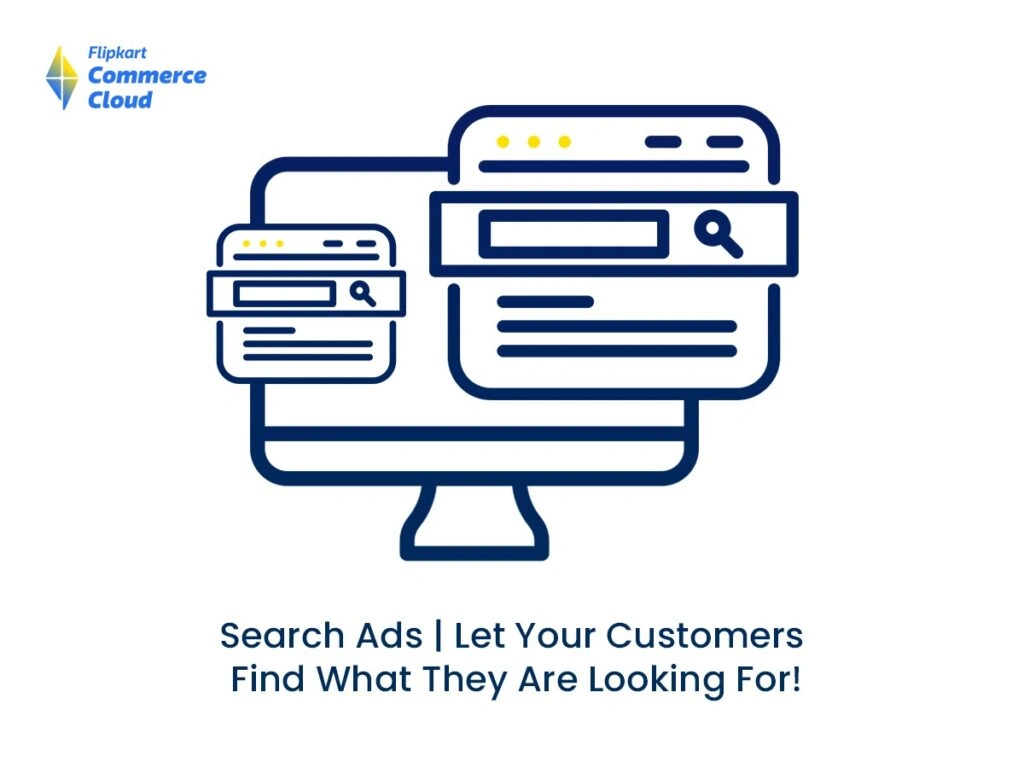
Staying ahead of the Curve with an Advanced Audience Manager
As per Nielsen 2022 Annual Marketing Report, marketers depend on access to reliable, high-quality data that underpins their strategies and enables them to reach out more effectively to their target audiences.
With digital channel engagement continuing to rise, advertisers must ensure that they’re up to speed with understanding the customers making those interactions and hit the right notes for that particular audience.
What is an Audience Manager?
As retail media gets more competitive, advanced audience managers can help deliver successful campaigns.
Also, as the ROI buzzword continues to increase, digital media advertisers want to get more out of their budget and maximise reach. An advanced audience manager provides the tools to do this.
In sum, audience management system solutions enable sourcing, defining, managing, analysing, and activating customer data for cost-effective campaigns.
They empower digital advertisers and publishers with the essential tools to manage and leverage data assets and boost sales.
Resources like audience reports help to improve the range and accuracy of target audience awareness, identify new trends and tendencies, potential segment matches, and more.
Furthermore, with advanced audience management, advertisers can tailor customer experiences as a flow of purposeful, contextual, and timely messages. This helps to elevate a user’s interaction with the brand to the next level.
Advanced Audience Managers for Retail Media
A robust audience management platform for retail media is a cohesion of the following capabilities:
- Collection and Centralization: Superior data collection and centralisation capabilities enable seamless data consumption, highly accurate graphing and data collection across devices.
This helps create a unified view of customer data across multiple channels and devices.
The granular user-level targeting helps organise user information based on user browsing interests and history. This facilitates monetisation using contextual relevancy and highly targeted campaigns.
- Segmentation and Management: A good audience management platform offers superior segmentation capabilities leveraging artificial intelligence, segment size estimator, and more.
It helps arrange and segment data systematically. This supports easier targeting and engagement opportunities down the line.
- Targeting and Enhancing output: Audience analytics and lab for A/B testing help advertisers measure and optimise campaigns by leveraging insights from real-time customer data.
In addition, it addresses security and compliance needs, thereby minimising the risk of negative user experiences.
Audience management solutions also help advertisers to offer increased personalisation.
Conclusion
In the age of cookie-lessness, running retail media ads with first-party behavioural data will stand out for its cost-effectiveness, accuracy, and scalability.
By leveraging the different ad formats, available advertisers can resonate with consumers and maximise sales.
Once you integrate audience management, you can combine technology and data to orchestrate campaigns across devices and channels. This not only optimises your campaign outcomes but ensures operational efficiencies too.
The Advanced Audience Manager by Flipkart Commerce Cloud helps segment and identify audiences based on consumer attributes and actions, facilitating productive e-commerce experiences.
In a nutshell, adopting an advanced audience management solution will enable you to take control of your marketing efforts. And you can make smarter decisions for long-term success!
More Blogs
See how retailers and brands are winning with FCC
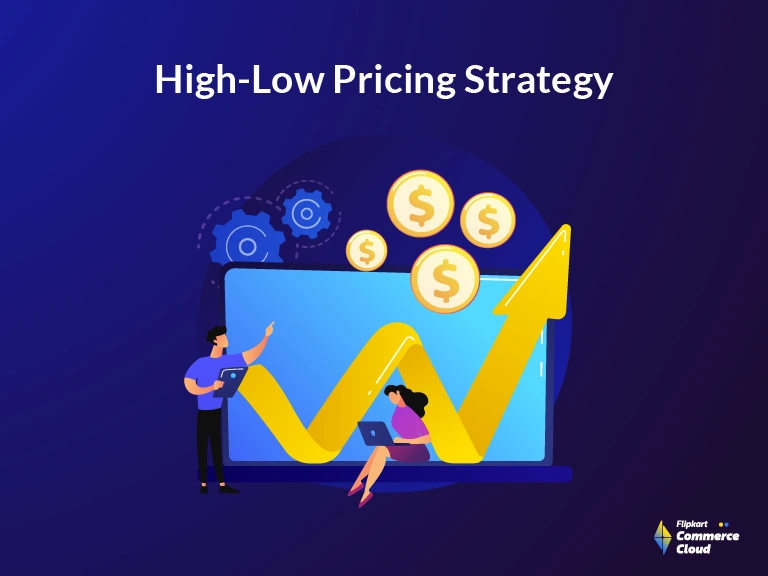
What is a High-Low Pricing Strategy?
Read More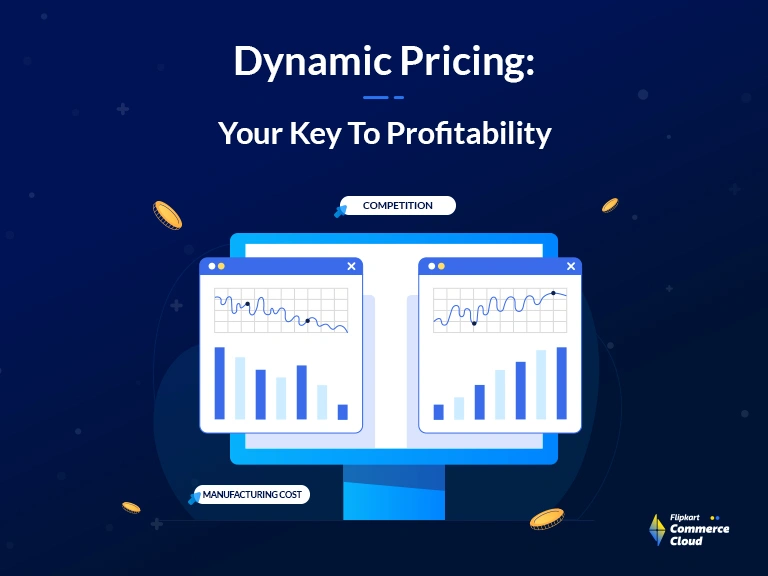
Ultimate Guide To Dynamic Pricing Strategy In 2025
Read More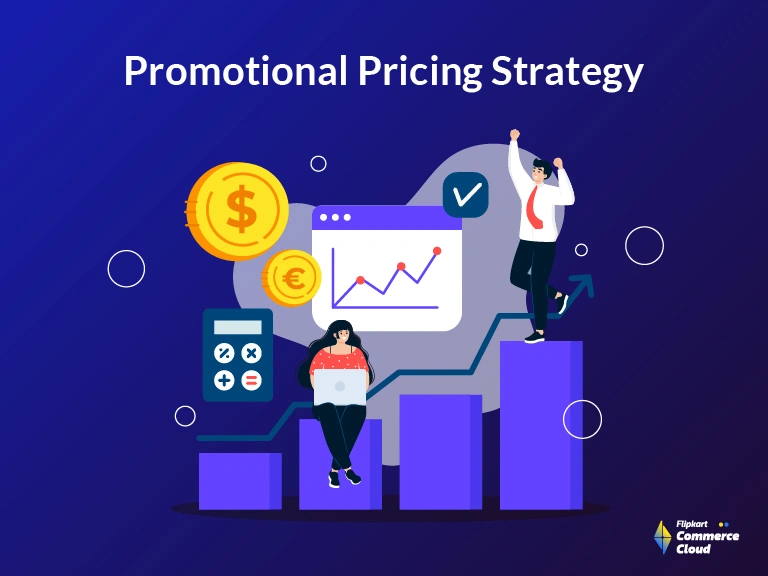
Retail Pricing Strategies: Winning with Promotion Pricing in Competitive Markets
Read More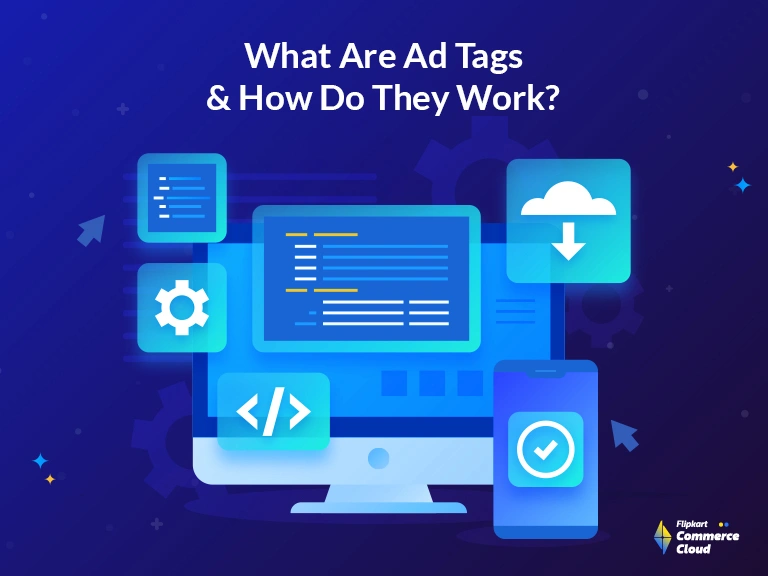
Ad Tags: Enhancing Ad Serving Efficiency in Large-Scale Campaigns
Read More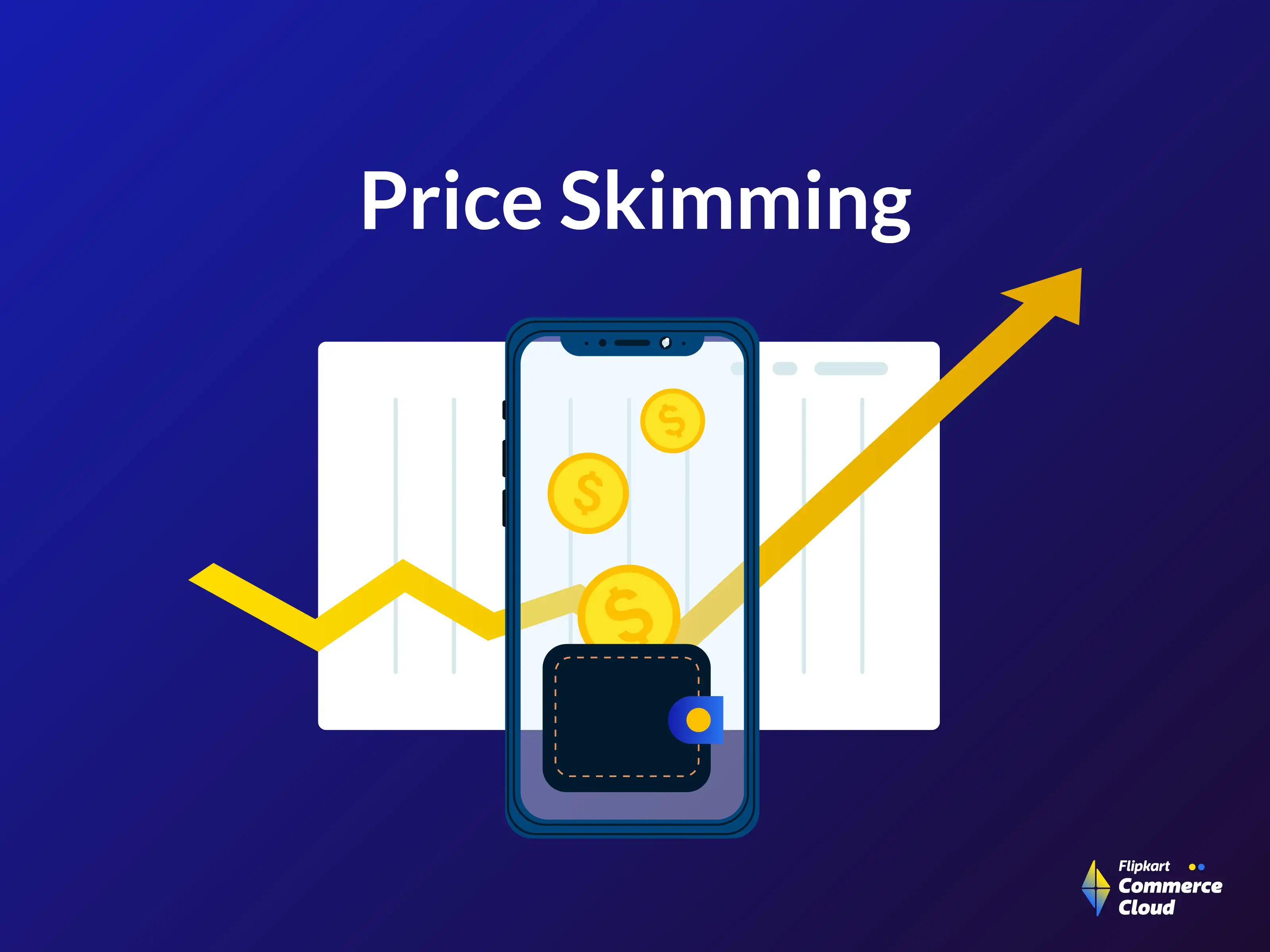
Everything About Price Skimming Strategy Explained
Read More
What is a High-Low Pricing Strategy?
Read More
Ultimate Guide To Dynamic Pricing Strategy In 2025
Read More
Retail Pricing Strategies: Winning with Promotion Pricing in Competitive Markets
Read More
Ad Tags: Enhancing Ad Serving Efficiency in Large-Scale Campaigns
Read More
Everything About Price Skimming Strategy Explained
Read More
What is a High-Low Pricing Strategy?
Read More
Ultimate Guide To Dynamic Pricing Strategy In 2025
Read More
Retail Pricing Strategies: Winning with Promotion Pricing in Competitive Markets
Read More
Ad Tags: Enhancing Ad Serving Efficiency in Large-Scale Campaigns
Read More